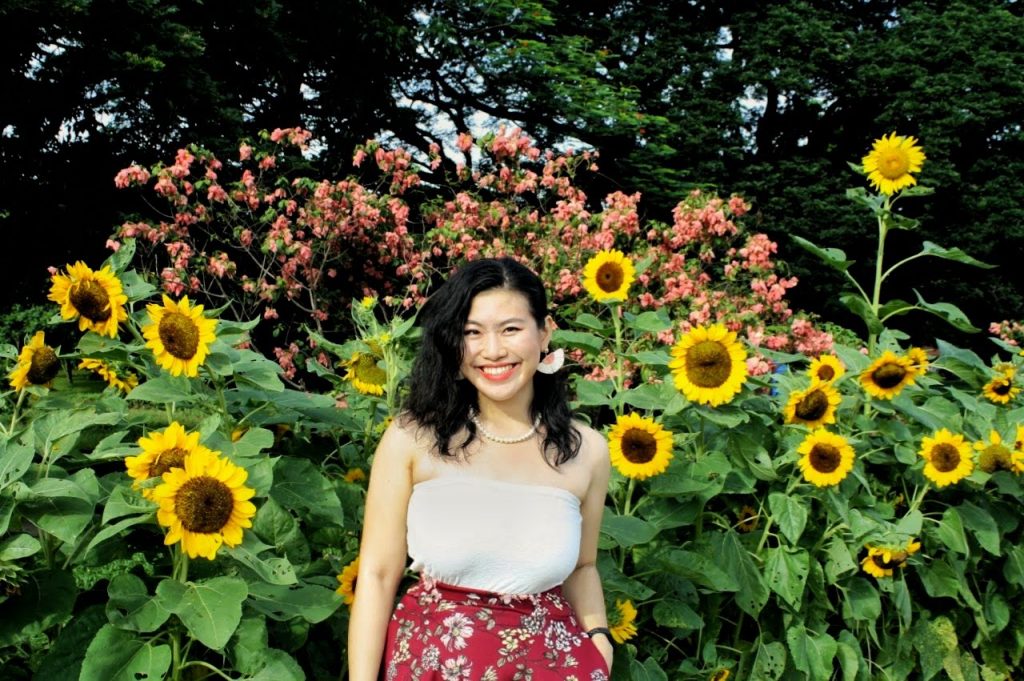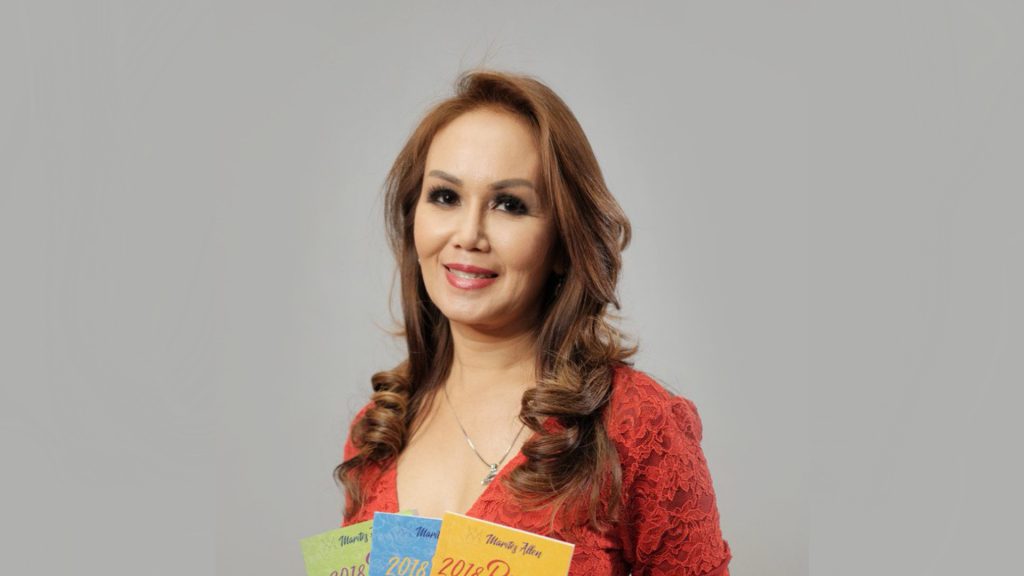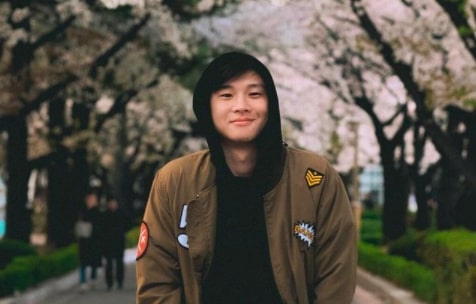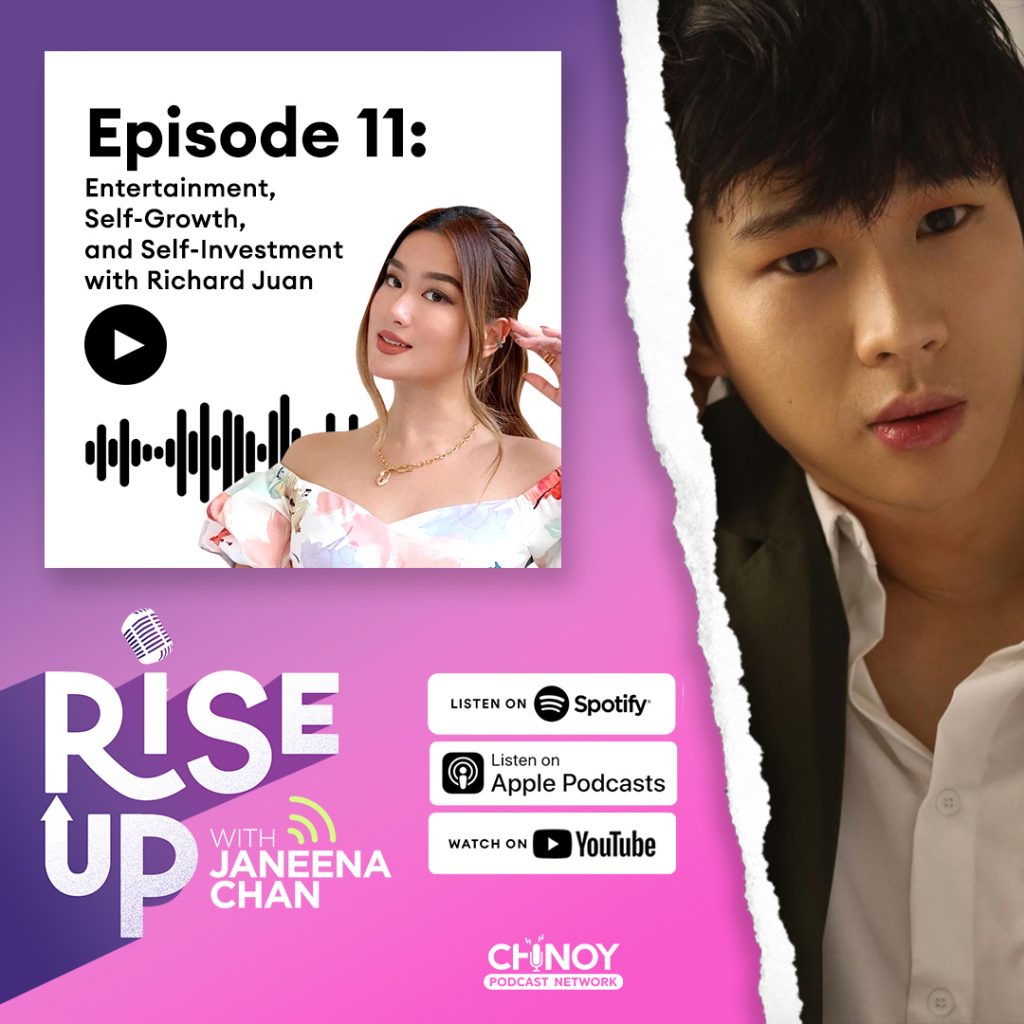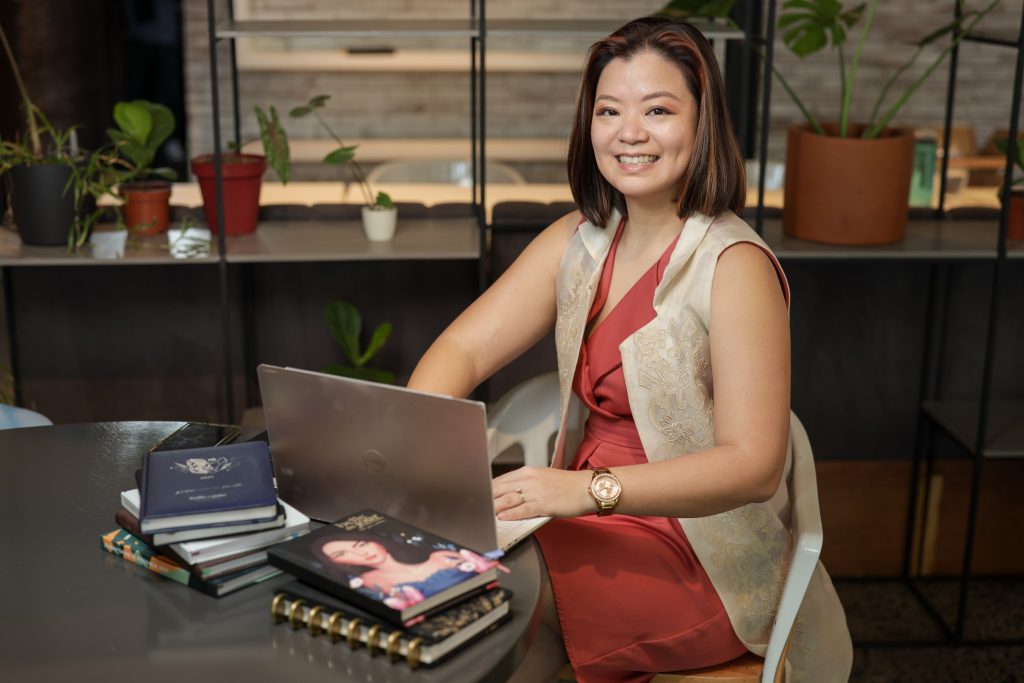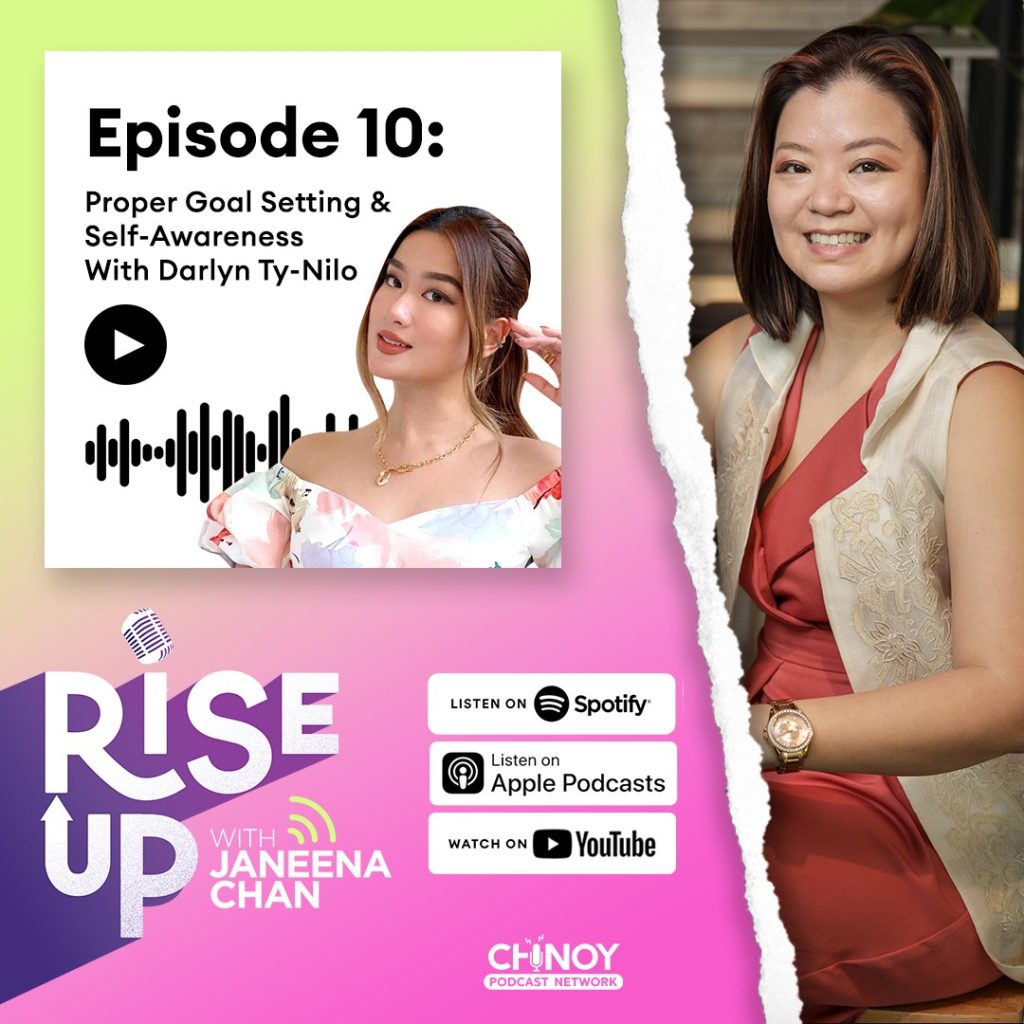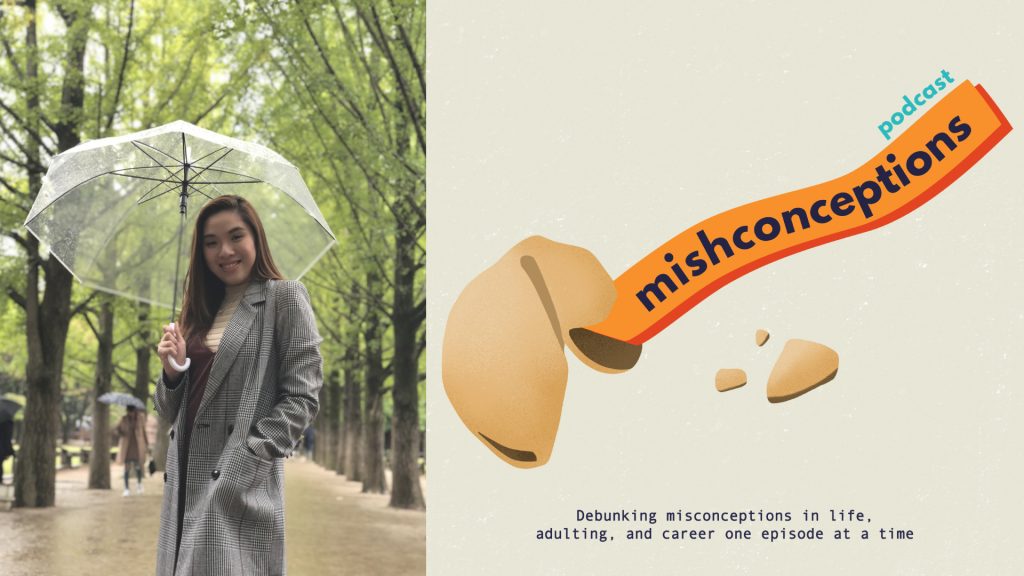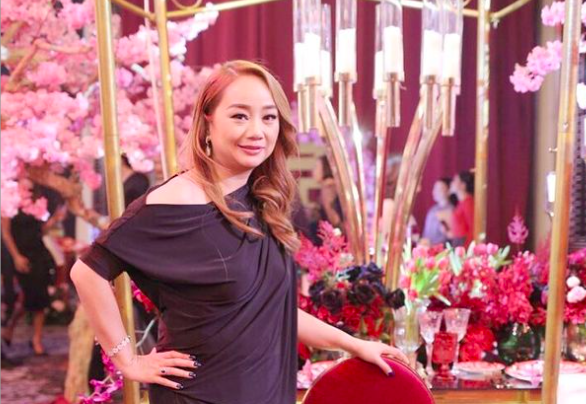How to Spark Joy via the KonMari Method

Renelyn Tan-Castillejos, a Certified KonMari Consultant, recently appeared on CHiNOY TV’s podcast, Rise Up. She is known to help busy career women transform their homes by decluttering, organizing, and personalizing them by using the KonMari Method.
There has been so much hype surrounding the KonMari Method and yet, some people tend to misunderstand its true meaning. But during her podcast episode, Tan clarified these misunderstandings and misconceptions. She shared, “KonMari is something that is up to you.”
Here are just 5 of the key takeaways from the podcast episode:
1. Our things represent our feelings.
Tan makes us realize that aside from the physical clutter seen in our homes, this “mess” would give us an “internal” clutter, which would affect and reflect the way we feel.
“Our things are also a representation of our feelings and a representation maybe of where we are right now in our lives, which is why it is very important that you ask yourself how much of a particular item do you need,” Tan said.
Tan stressed how space is more important since it creates an opportunity for you to accept new things, relationships, or experiences as they come. You would be able to welcome them since you have enough space to do so. This would help you grow and keep moving forward.
“We always say that when it’s your home, it’s a place that makes you inspired, makes you happy, makes you relaxed, so KonMari could be one way of doing that,” Tan said.
Tan also shared that KonMari does not only give you an opportunity to declutter and get more space around your home, but an opportunity to fill in that space with new things. You could dress it up, and express your style by personalizing the free space.
2. Focus on the present.
Tan pointed out that many Filipinos tend to be sentimental over their old clothes that they refuse to let them go. These are people who are still attached to the past memories of wearing these clothes. But Tan remarked that if these certain clothes make up most of your wardrobe then, there would be a need to throw them out, considering that these clothes are old and would no longer be of use.
There are some cases wherein people know that they don’t need these things anymore but keep them since they might serve as gifts for people in the future, but Tan reminded us that you can never tell when that time will come. What if it doesn’t? Then you would have wasted that space when your present self could have used it for something useful and something that “would spark joy.” You just have to move on.
3. Ask yourself what sparks joy for you?
“The most important [thing] is if you know what is sparking joy for you then hopefully, you’ll be able to see everything and use it as well,” Tan said.
What makes a house a home is surrounding yourself with things that makes your soul happy and inspired. But Tan quickly clarified that KonMari is not the process of throwing almost everything away, but only the objects that are useless. The ones that spark joy and inspiration can stay.
“For example, if you are a book lover, and you realize that books really make you happy, your goal is not to have three to five books. Your goal is to figure out which amongst your books in your collection is still something that inspires you, still makes you productive, still something that allows you to learn, and if that’s 20, 30, 40 books, as long as you have the space to use it, then that’s okay. The question that you have to ask yourself is, ‘What sparks joy?’ or what makes you happy?
4. Separate your work from your personal space.
Tan is well-aware that some people wouldn’t really have the time to tidy up their places. In light of this, she stressed that it’s important to separate your work from your personal time. That way, you would find the time to prioritize your home since you would need the workspace to do your job, too.
“Don’t mix the personal items with the professional items,” Tan emphasized. She shared that there are people that she knows to be working after hours, thus they should set a boundary between the two in order to function better.
5. Organize things by category.
Tan shared that through the process of organizing things through the KonMari method, one must categorize each item with: clothes, books, papers, komono (miscellaneous items), and sentimental items. She explained that it’s arranged that way because it’s sorted from “easiest to the most difficult.”
“You realize that once you finish clothes, and the books, and then the papers, you, more or less, would be very good in figuring out what makes you happy, what sparks joy for you so that when you reach the harder categories of miscellaneous items and sentimental items, then it’s easier for you to let go.”
On a lighter note, Tan advised that we should also say, “Thank you,” to the items that you let go of because “it made you happy once upon a time.”


